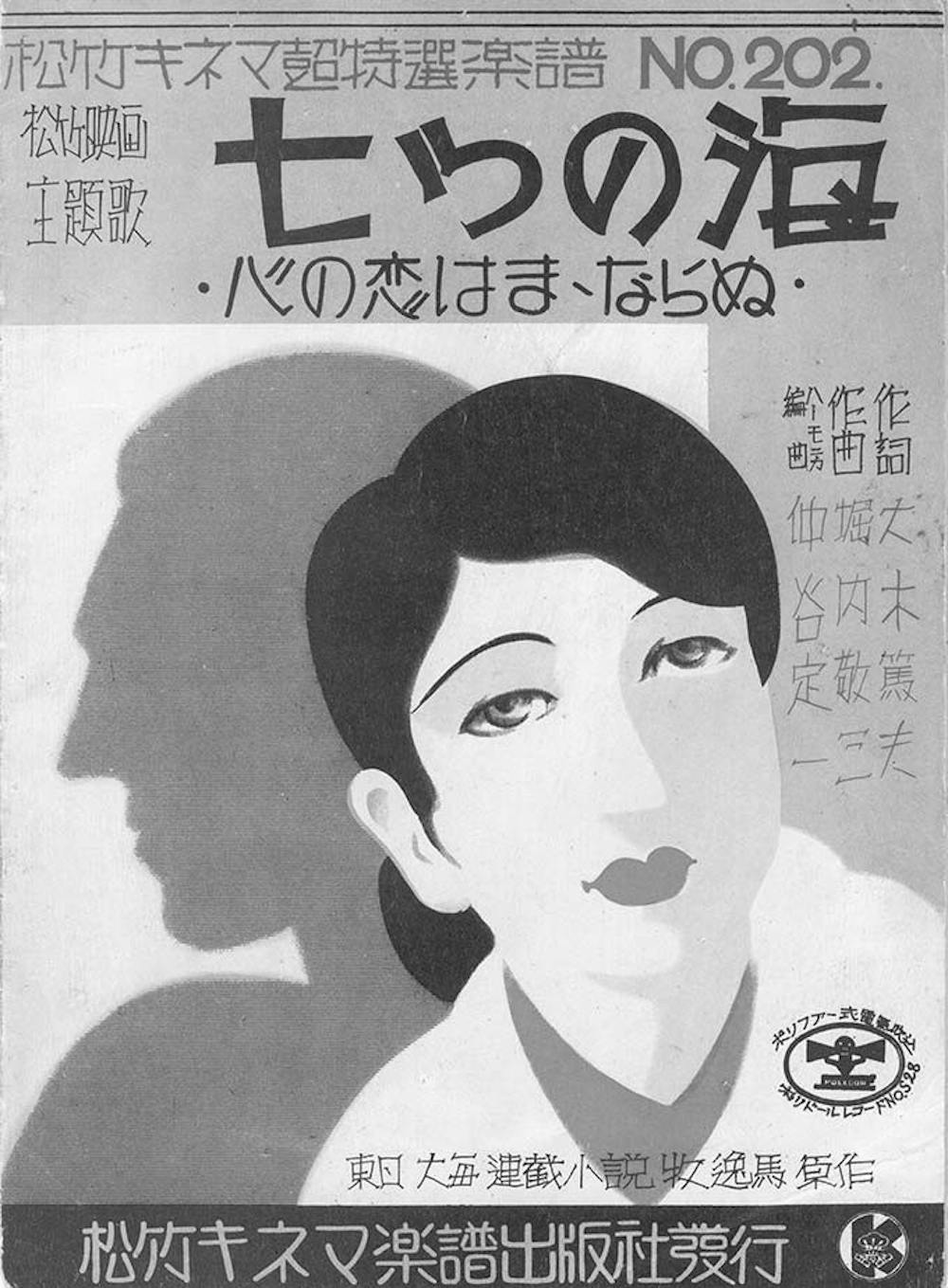The first Japanese Art Deco exhibit to ever be held outside of Tokyo is open in the Middlebury Museum. Deco Japan: Shaping Art and Culture, 1920-1945 uses an incredible breadth of mediums – including metalwork, ceramics, lacquer, glass, furniture, jewelry, sculpture and graphic design on paper, painting and woodblock prints – to convey the complex social and cultural tensions in Japan during that period. Beyond displaying spectacular craftsmanship and sophisticated design, the exhibit also represents Japan’s cosmopolitan evolution.
The Art Deco style grew into prominence between WWI and WWII, when rapid industrialization was transforming cultures around the world. In Japan, as in Europe, the era constituted dramatic social and technological change combined with political and cultural turmoil. Japanese society was caught between imported western liberalism and traditional isolationist ideologies. The Deco era was marked by growing totalitarianism as Japan’s invasion of Asia gained pace, but also by giddy fantasies of luxury and internationalism fed by the burgeoning advertising and film industries. The compelling contradictions of the age are best seen in the Art Deco style, where a facade of elegance parallels a totalitarian gravity and themes of luxury run alongside faith in social progress.
To more fully tell the narrative of this art, the exhibition has been divided into five sections, each building upon the last to convey the interconnection of the cultural, social and formal aspects of each piece: Cultural Appropriations, Formal Manipulations, Over and Under Sea, Social Expressions and The Cultured Home. While the broad ranges of style represented in the gallery certainly offer a fascinating blend of the fundamental Deco characteristics – rich color, bold geometry, elegant ornamentation and the Japanese modifications on themes such as Art Noveau and Cubism – the social and cultural implications tell the complex story of Japan’s development.
The pertinence of this exhibit is immediately apparent from the first section. Deco’s eclectic nature draws strongly from both ancient and contemporary cultures across the globe, creating a fascinating web of connection and meaning. The opening pieces explore cultural diversity by evoking Euro-American modernity and capitals like Paris, New York and Hollywood via representations of fountains, skyscrapers and the film industry.
The spectacle of modern western culture is further expressed in the theme of competitive sports and the Olympic games. In contrast is the historic classicism of pharaonic Egypt, reflecting the Tut craze of early Deco. In an Asian parallel to the “Nile style,” the great 1920s tomb discoveries of ancient China were transformed into Shang dynasty-inspired designs in ceramics and bronzes. Japan’s own classical past is referenced in objects that adapt familiar bird and animal motifs.
One of the most fascinating aspects of this exhibit and of Japanese Deco as a whole is the way in which the style depicts Japanese social and political themes of the time, from militant nationalism to personal liberation. Within the historical context, familiar motifs take on vibrant meaning. For instance, one lacquered box displaying a heron catching a fish in its beak can be seen as symbolizing hope for victory in decisive battles. It is equally interesting to consider the different meanings of otherwise common motifs, such as the sunburst, between European and Japanese Deco periods. In the first, it suggests progress, but in the second, it is an emblem of imperial power and military expansion.
This exceptional collection is also notable for its secondary focus on the theme of the “modern girl.” Depictions combine traditional Japanese norms with those burgeoning in the West to show the emerging jazz-age style icon of pleasure and consumption, complete with progressive behavior like drinking and smoking – symbols of the emerging personal and social freedom.
All the pieces are part of the Levenson Collection, the world’s premier private collection of Japanese art in the Deco and Modern styles. It is open in the museum until April 24. Stop by and take advantage of the full-color catalogue and featured essays to learn about each work and major themes of the movement.
Performing Arts Spotlight: Japanese Art Deco

Comments



